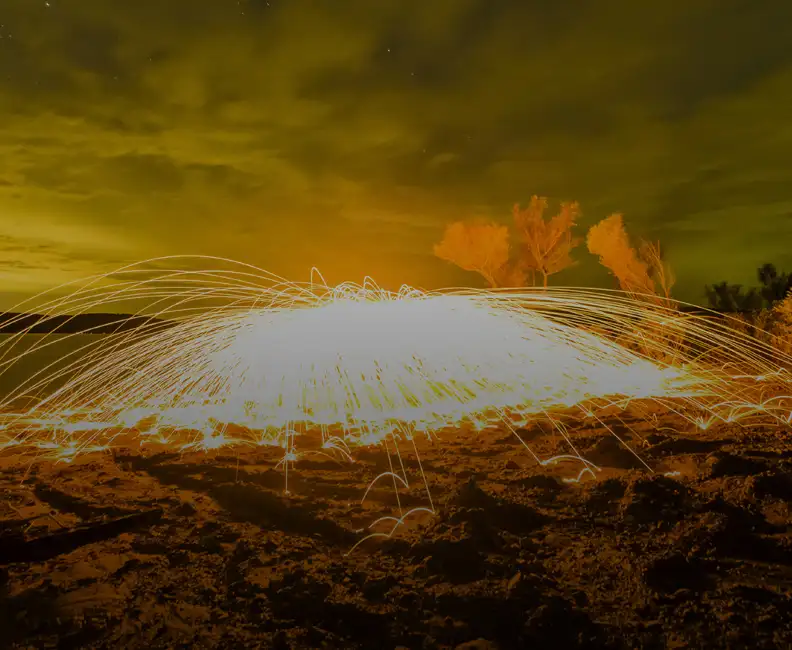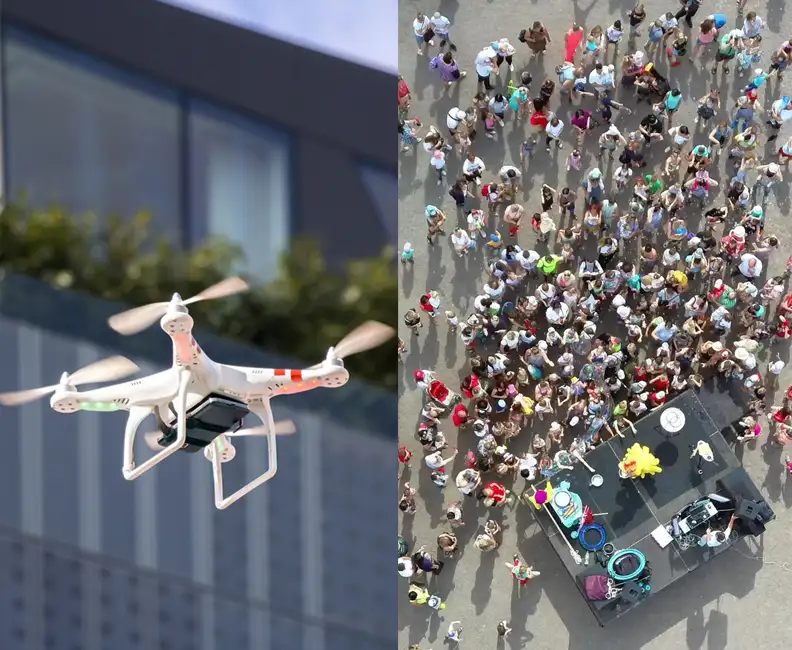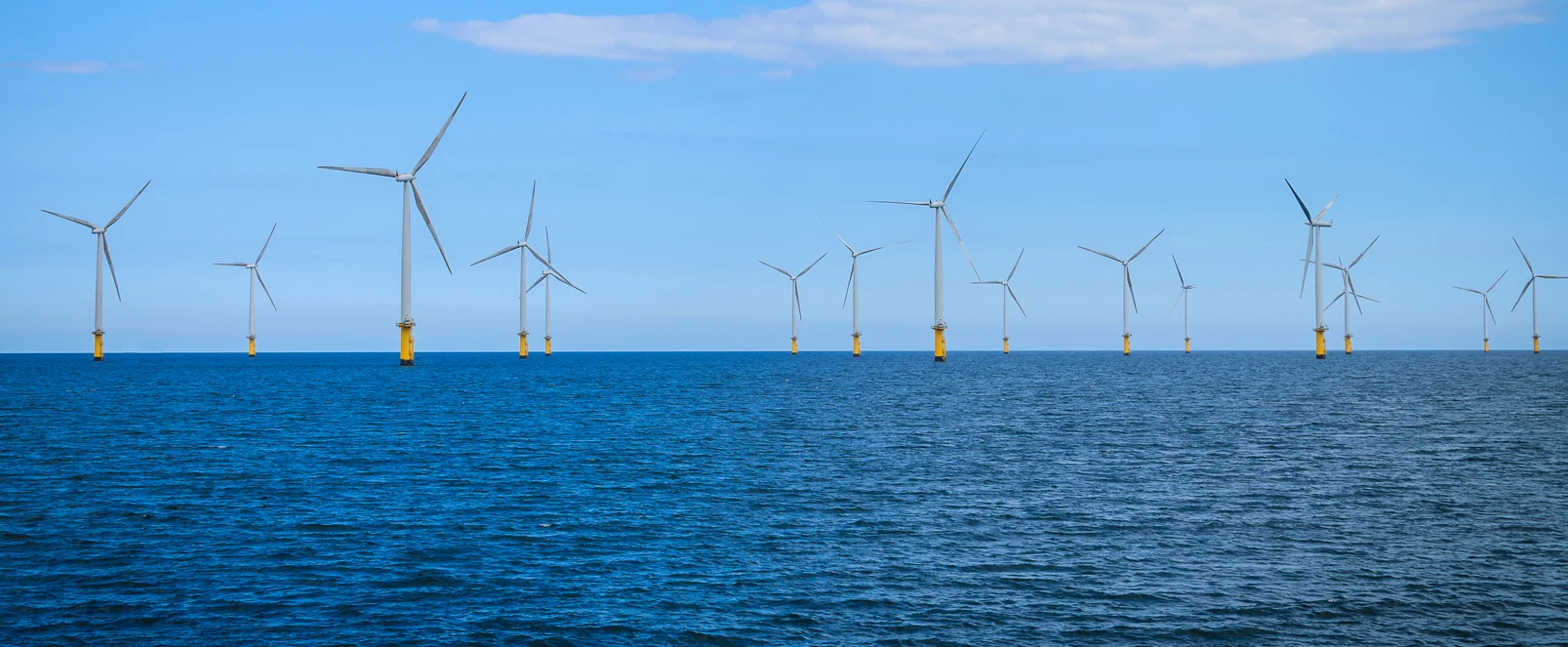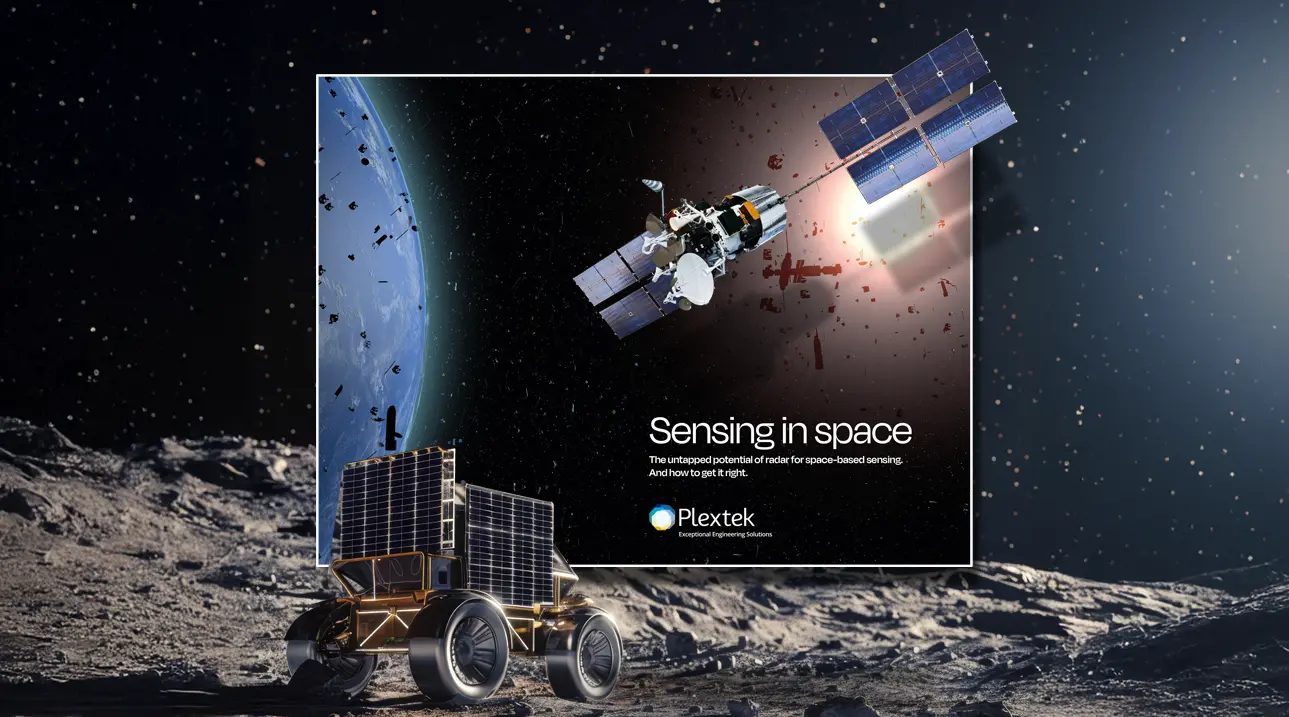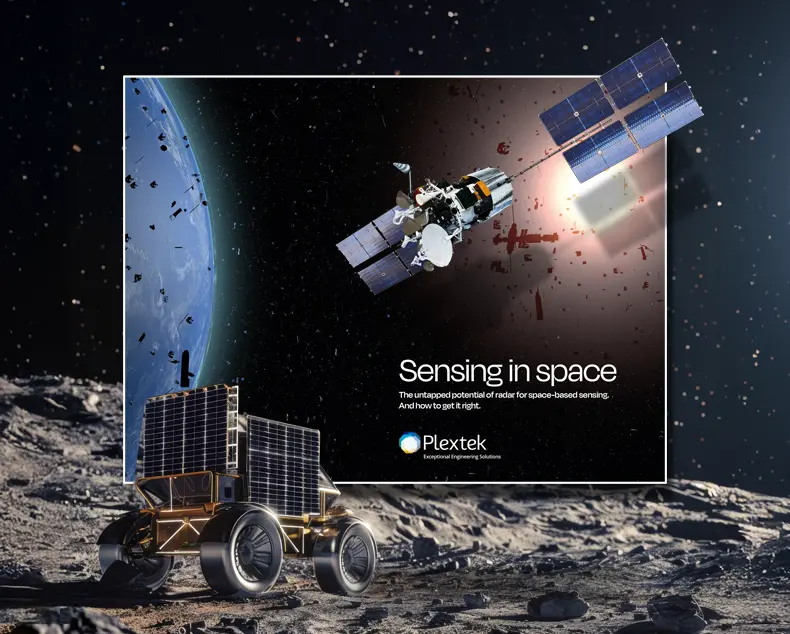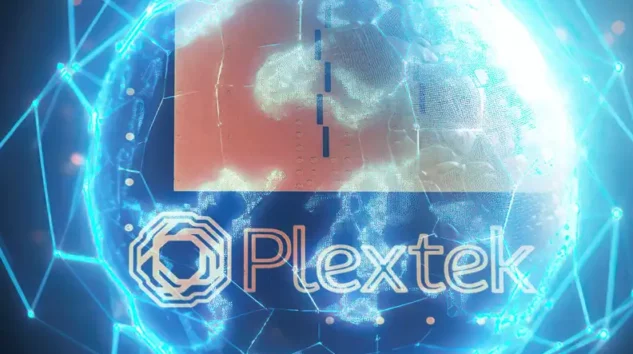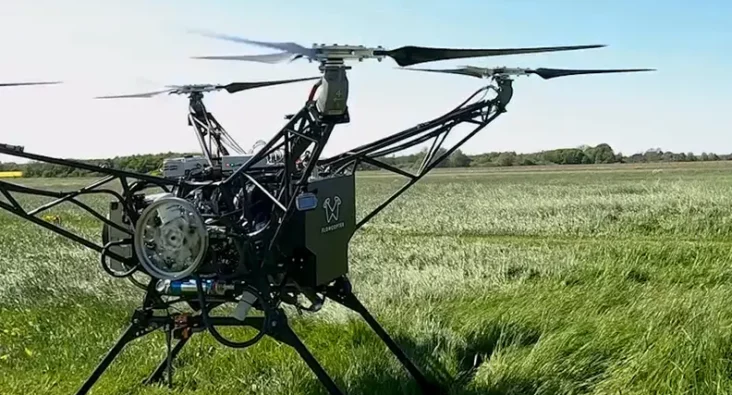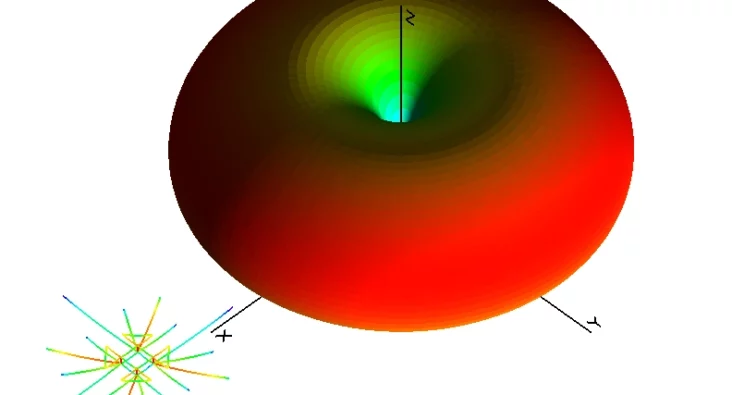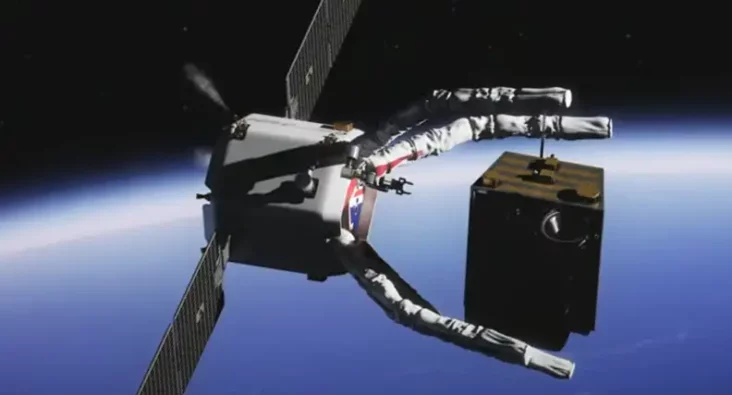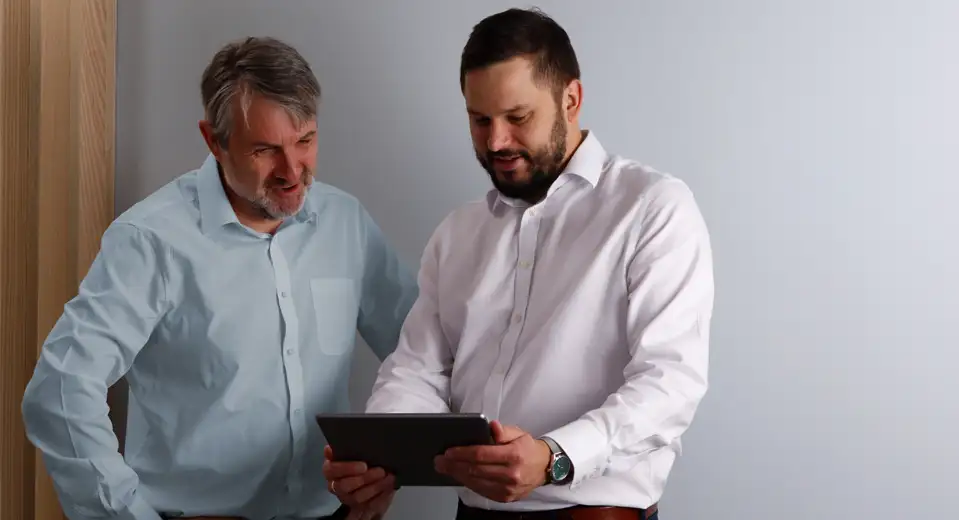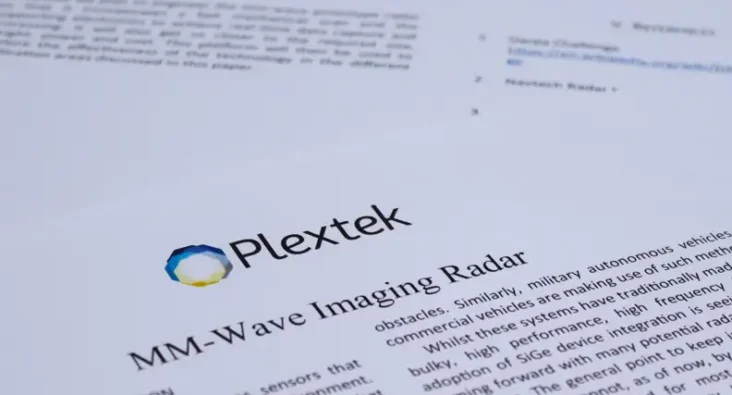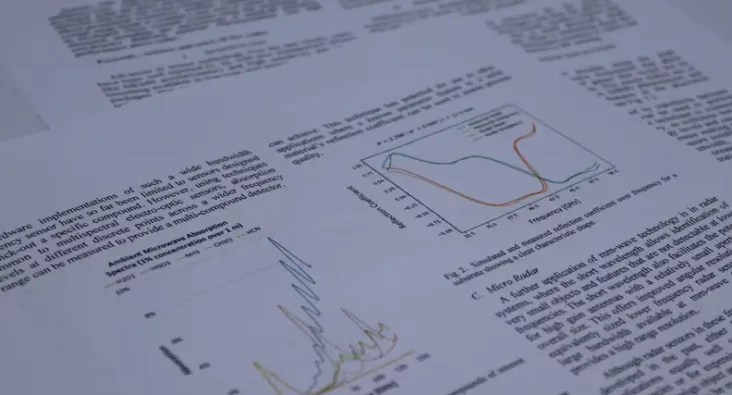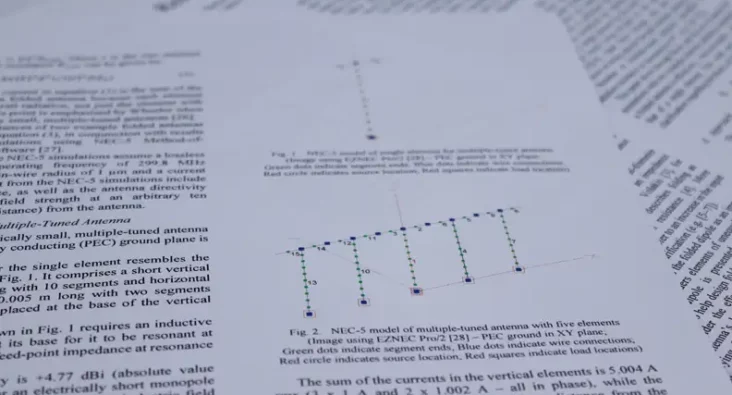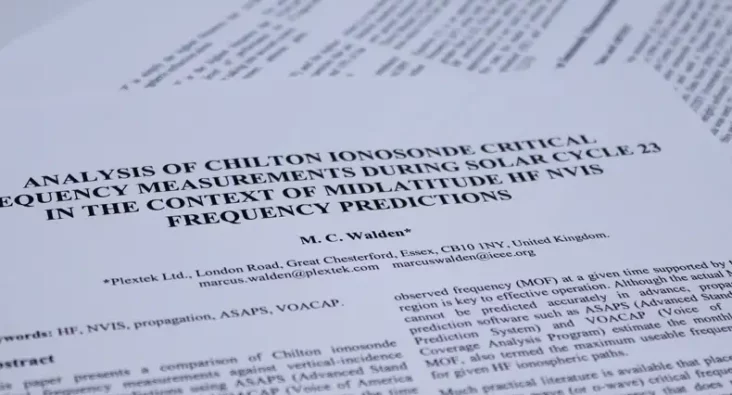
Written by Richard Jacklin
Commercial Lead – Space & Satellite
mmWave Technology for Space Sensing and Operations
The team here at Plextek, known for our expertise in low Size, Weight, and Power (SWaP) sensing technology, has published a new technical paper “Sensing in Space” which showcases mmWave radar technology, specifically designed to enhance the safety and reliability of future space and satellite missions.
Our cutting-edge mmWave radar technology represents an accurate and efficient method for detecting objects as small as a millimeter and even larger objects such as uncooperative or defunct satellites. Its capabilities encompass working under challenging conditions that may prove difficult for other types of sensors, including situations such as eclipse, boresight solar exposure, and obscured lunar surfaces.
We are proud of our mmWave core technology platform and the potential for customisation of this technology for each space mission. At Plextek, we understand that there is no universal solution when it comes to sensing in space. This is why our team works closely with space missions to determine the suitability of mmWave radar technology. We can identify the optimal radio configuration, antenna design, interfacing software, and security measures to meet performance and SWaP-C (Size, Weight, and Power-Cost) goals.
Prior to its release, I had the opportunity to present excerpts from the paper at the CONFERS 7th Annual Global Satellite Servicing Forum & Exhibition in Arlington, VA. It was a great opportunity to offer attendees a glimpse of our paper, provide valuable insights, and have important discussions regarding the future of technology in space exploration.
Our mmWave radar platform is a scalable and dependable solution for companies aiming for long-term business potential in space. By incorporating off-the-shelf components that can be tailored for different missions, Plextek can offer rapid development and deployment of custom mmWave radar solutions at scale and pace.
This innovative technology from Plextek aims to elevate the future of space sensing, helping to deliver improved safety, efficiency, and operational capabilities for satellites, spacecraft, and potentially even space tourism.
If you’re interested to read the full paper, you can download it here.

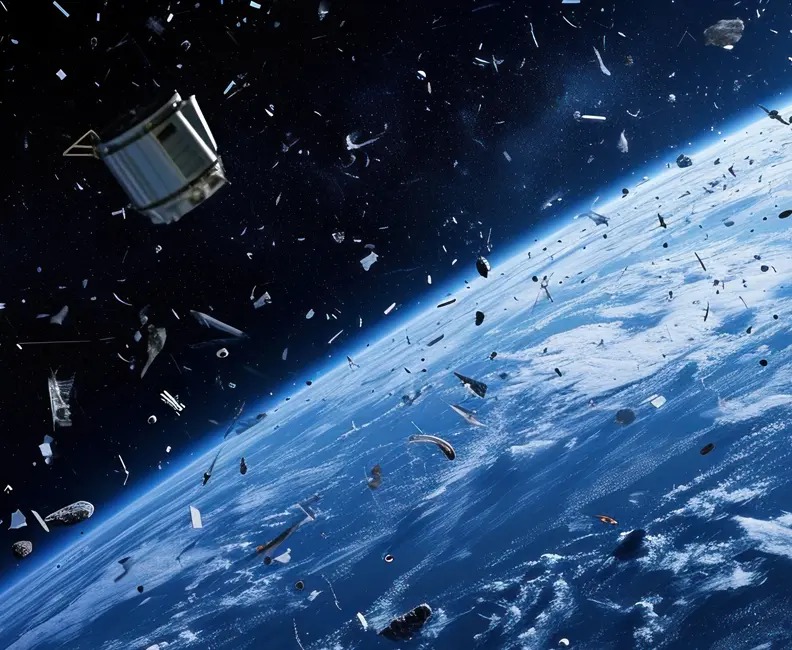
Debris Detection
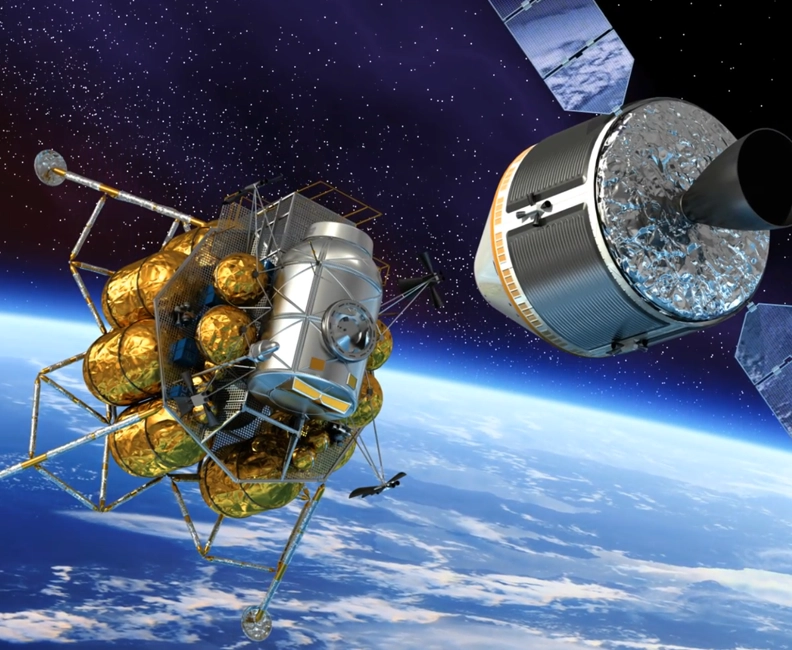
Rendezvous and Proximity Operations

Lunar Lander



